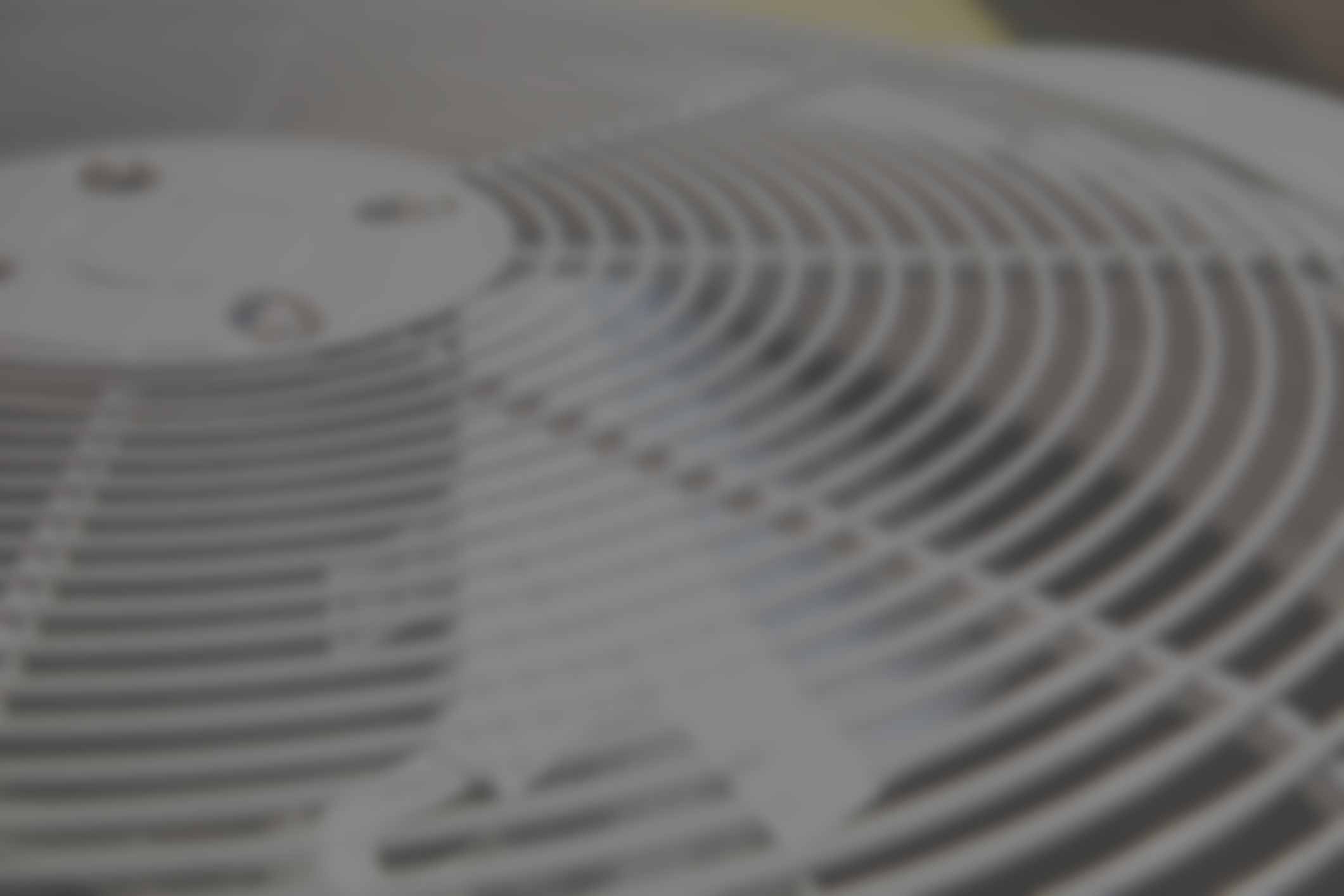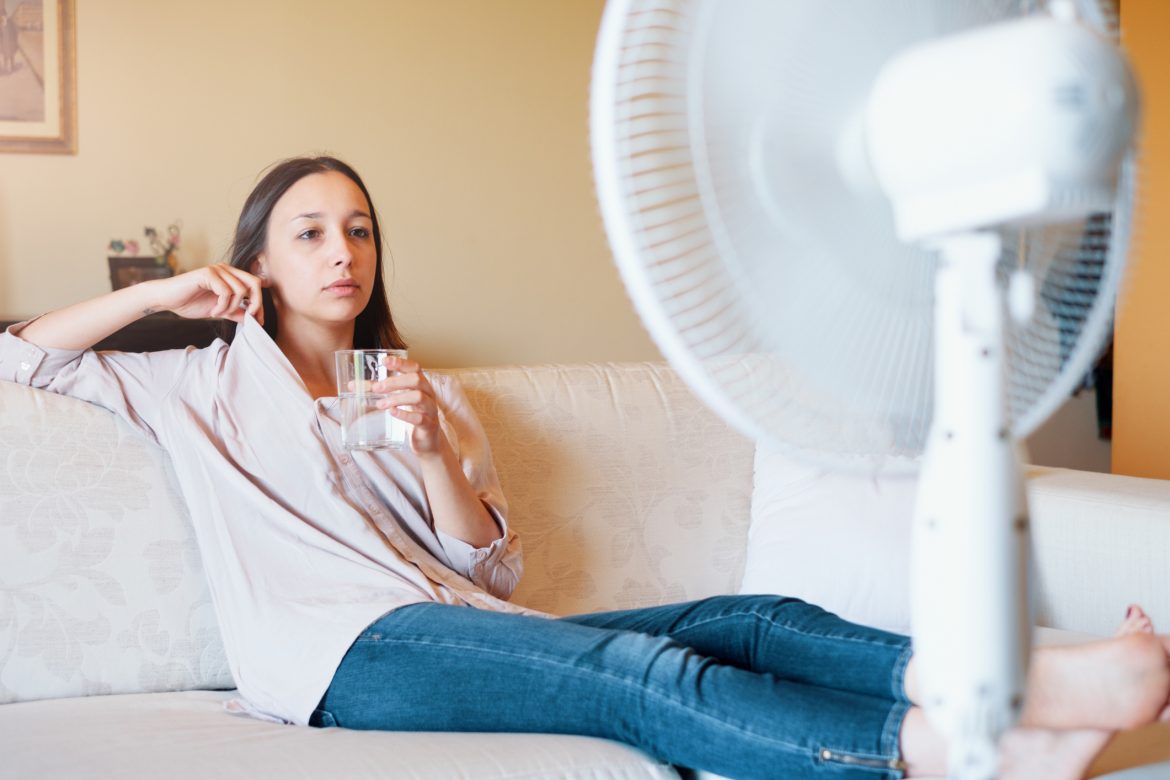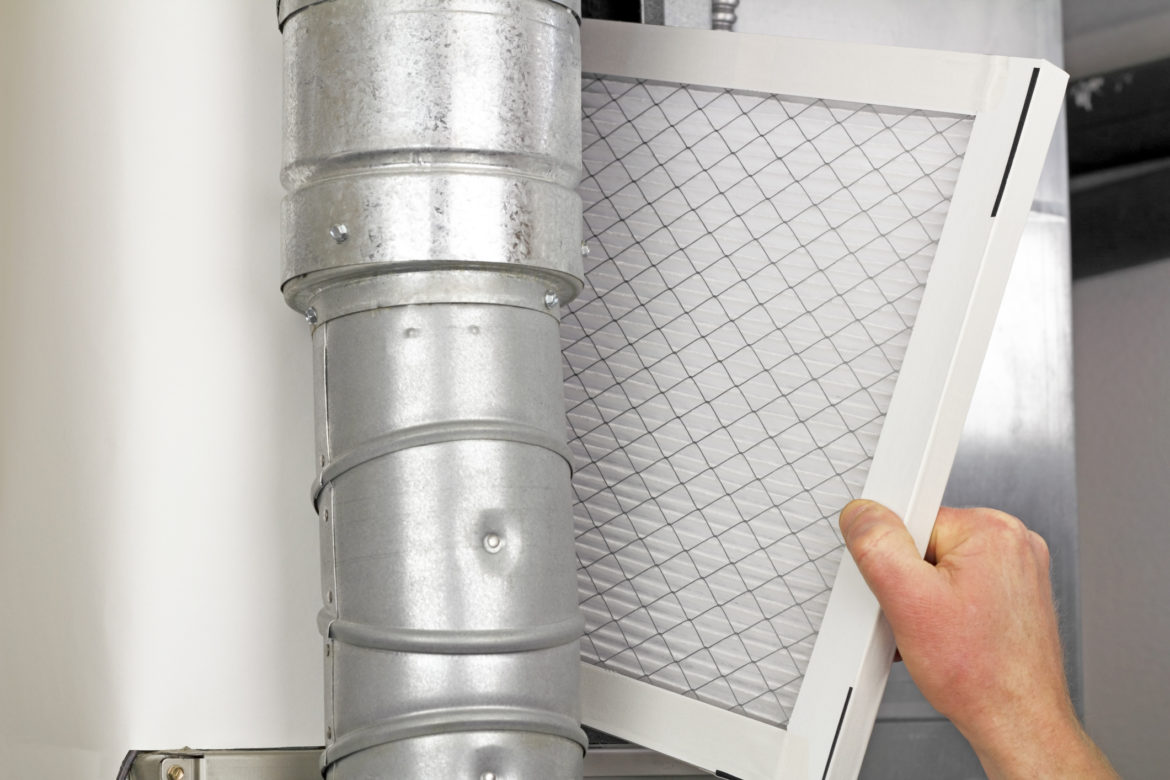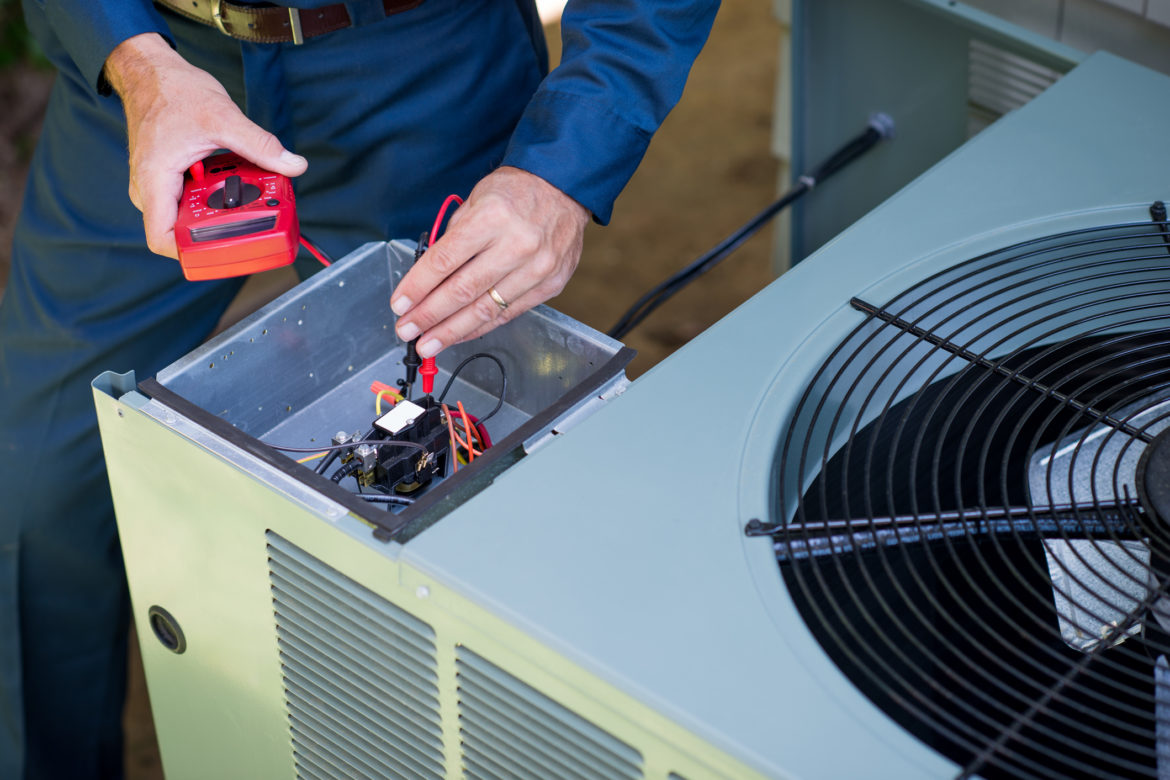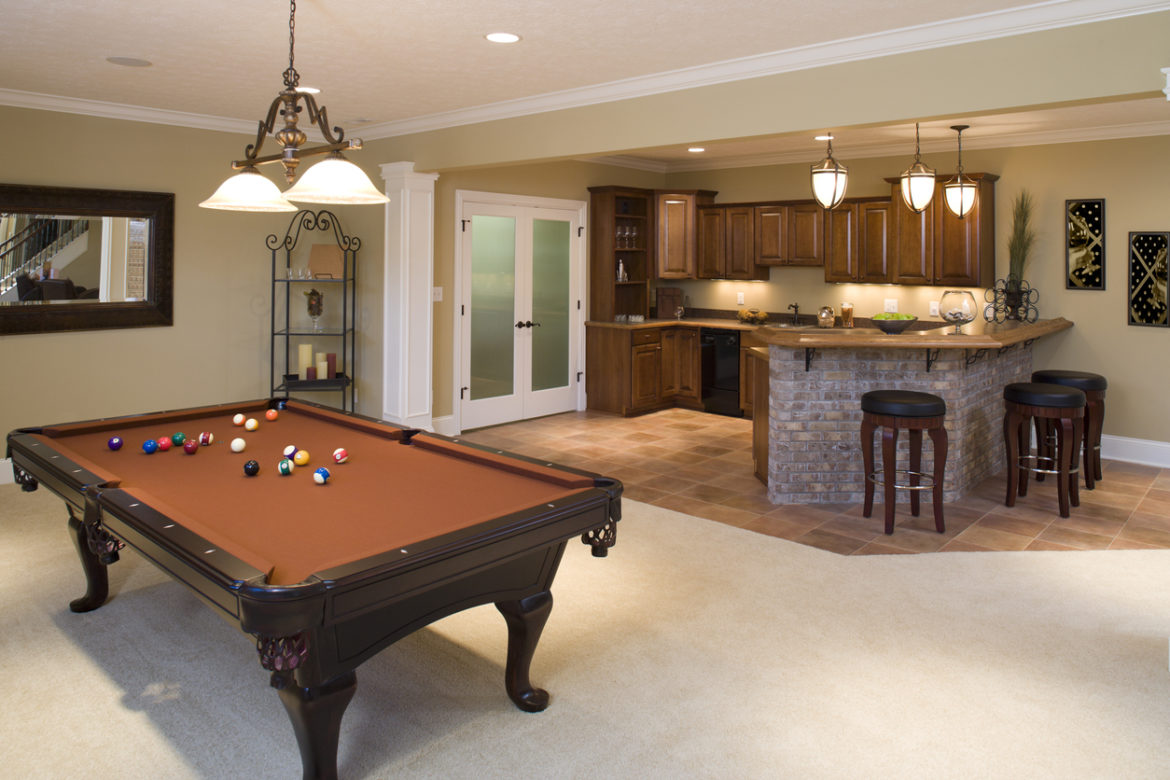The HVAC system is the primary means of heating and cooling your home to make it comfortable. Many people don’t realize the system also plays a crucial role in maintaining good indoor air quality. The HVAC system brings outside air into your home. Everything must be working properly to filter this air and remove unwanted contaminants and pollutants. Servicing the HVAC system regularly ensures optimal indoor air quality for your family. Here are some regular maintenance items a professional technician will perform to help your HVAC system provide better air quality in your home.
Change filters– Filters remove dust, dirt, allergens, and other contaminants from the air. Filters should be changed regularly. Pleated filters have more surface area to trap airborne particles that affect air quality. These filters are worth the extra money in households with asthma and allergy sufferers.
Clean evaporator coils– Dust, pollen, and other pollutants stick to dirty evaporator coils. This not only affects the performance of the HVAC unit, but increases energy usage and contributes to poor indoor air quality Coils are inspected and cleaned during regularly scheduled preventive maintenance.
Clean blower wheel– Dirty evaporator coils lead to a dirty blower wheel. Dust build up on the blower wheel will produce a burning smell when the heating unit is turned on. This means dust, dirt, pollen, and mold spores are spread throughout the home. Regular system maintenance can eliminate this problem.
Clean condensation drain line– The HVAC system gets rid of the humidity it pulls from the air by way of the condensation drain line. Water will back up into the drain pan if the line becomes clogged by sediment, algae, or mold. A clogged drain line increases the chance of mold in the HVAC system. Mold may not be visible, but it can often be smelled. Mold affects air quality and can lead to serious health problems including asthma, sore throats, and bronchitis. Replacing air filters and maintaining drain lines can help inhibit mold growth. A professional can test the system if a mold problem is suspected.
Regular preventive maintenance on your HVAC system increases the system’s efficiency, saves on repair bills, and enhances your home’s indoor air quality. Call B Tucker Heating & Air today to schedule preventive maintenance on your HVAC units.




